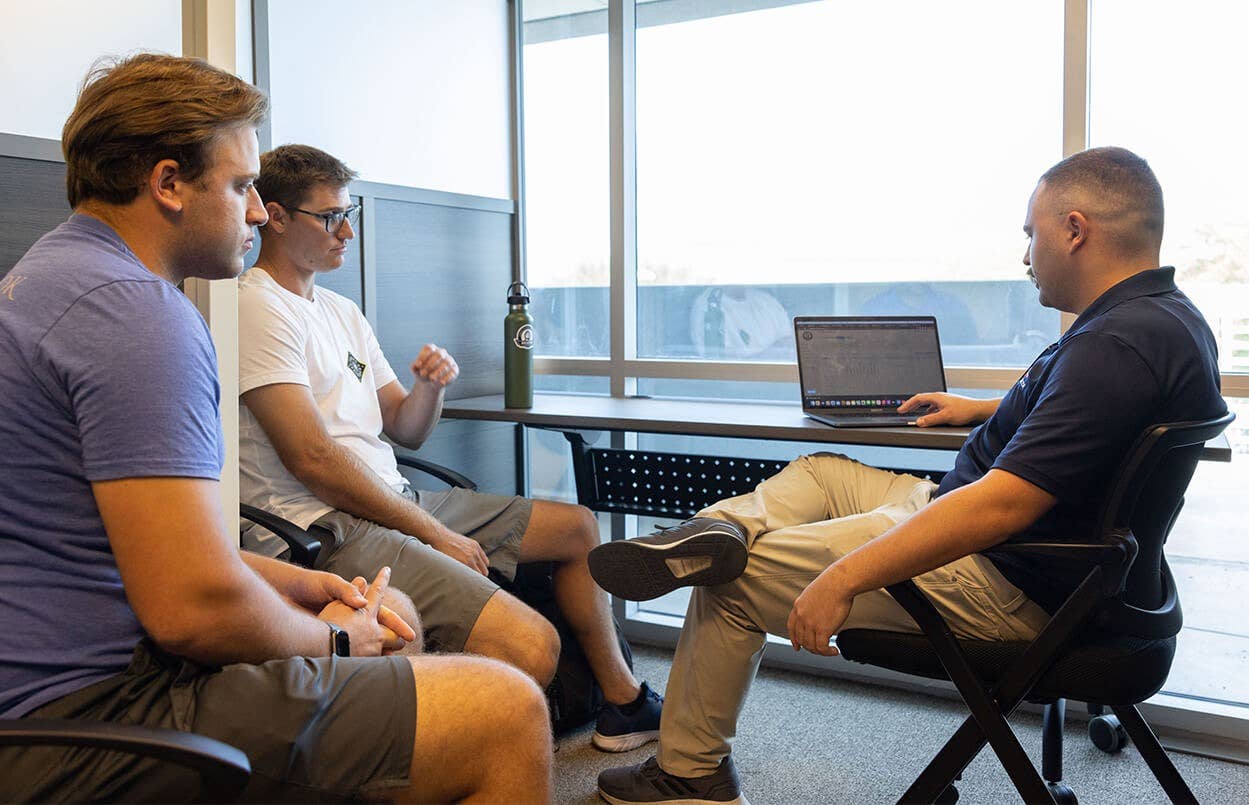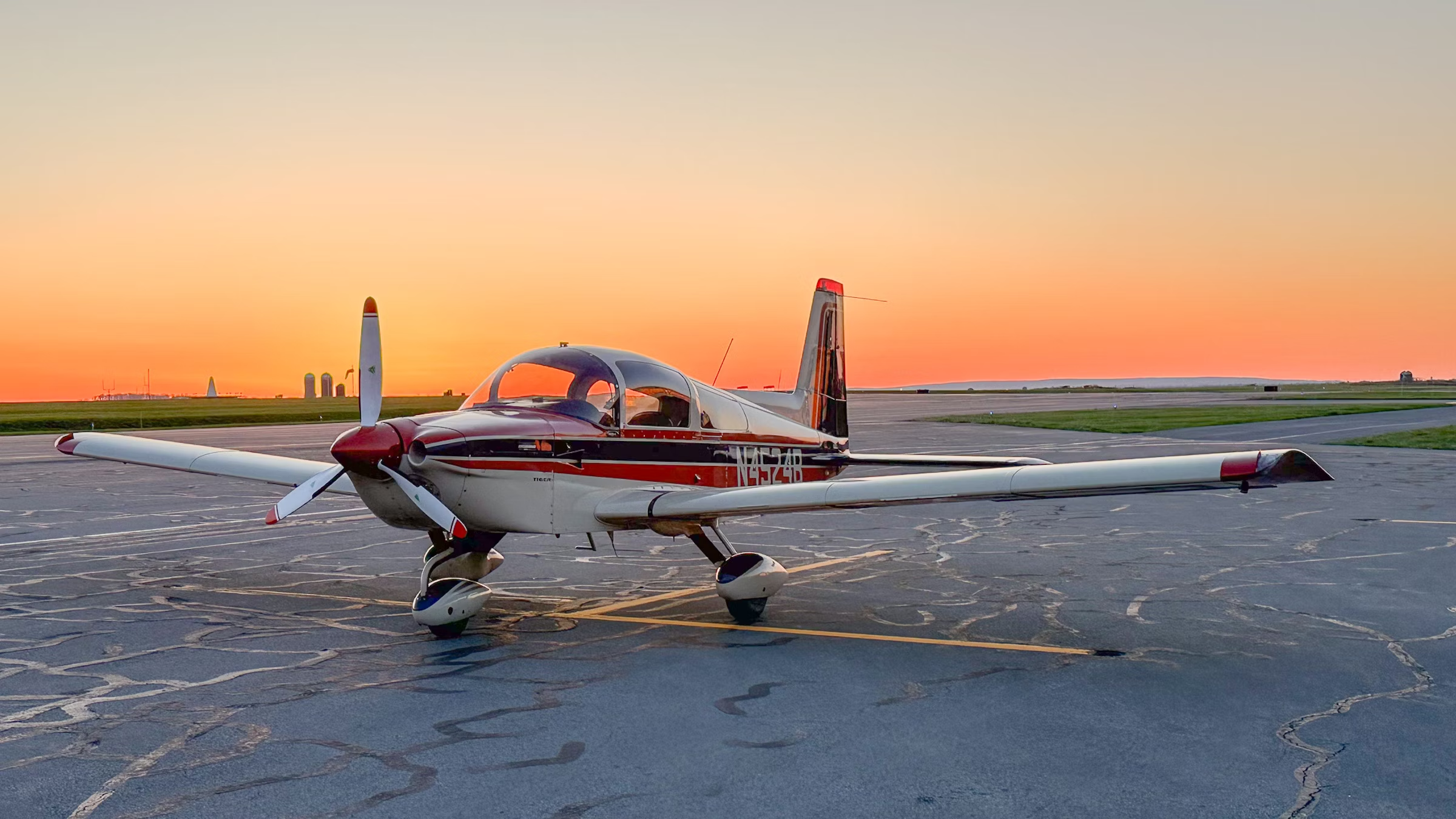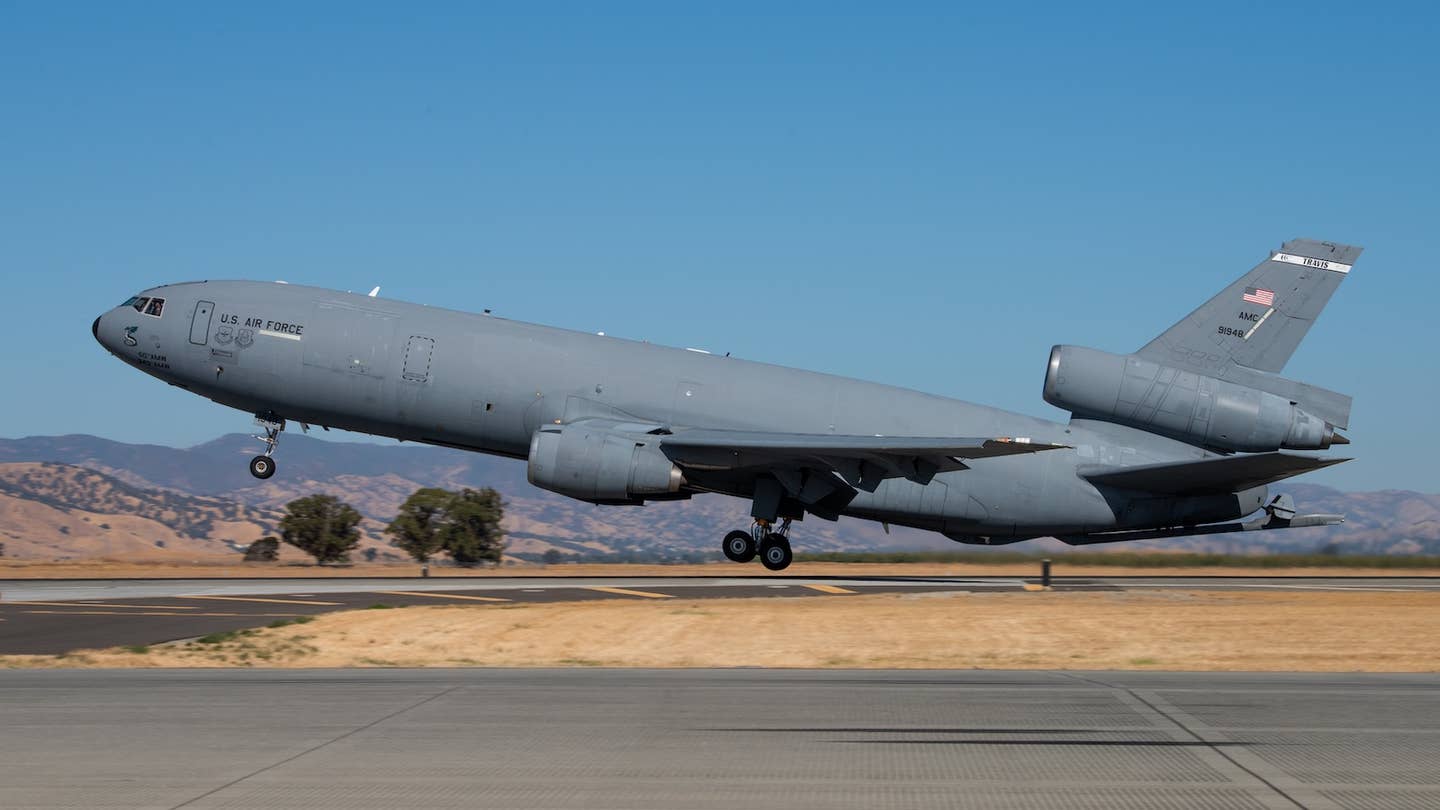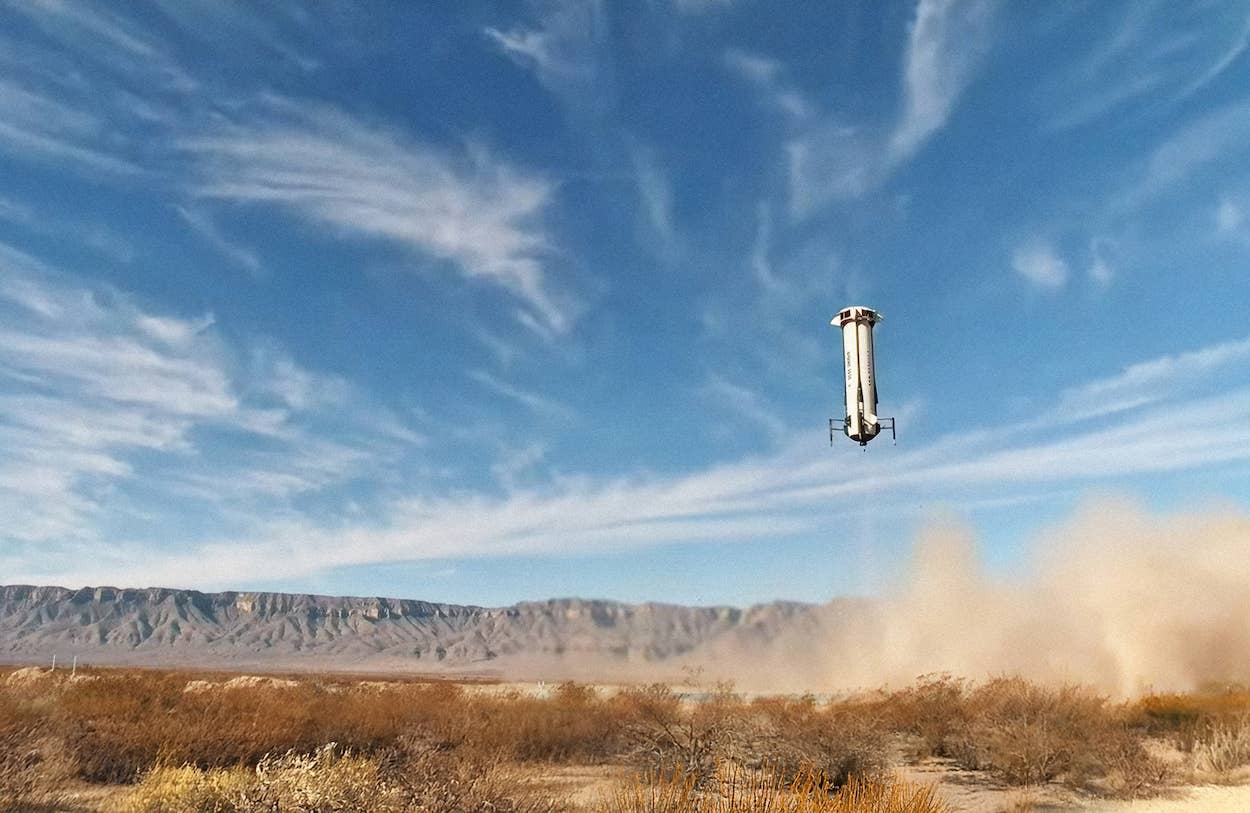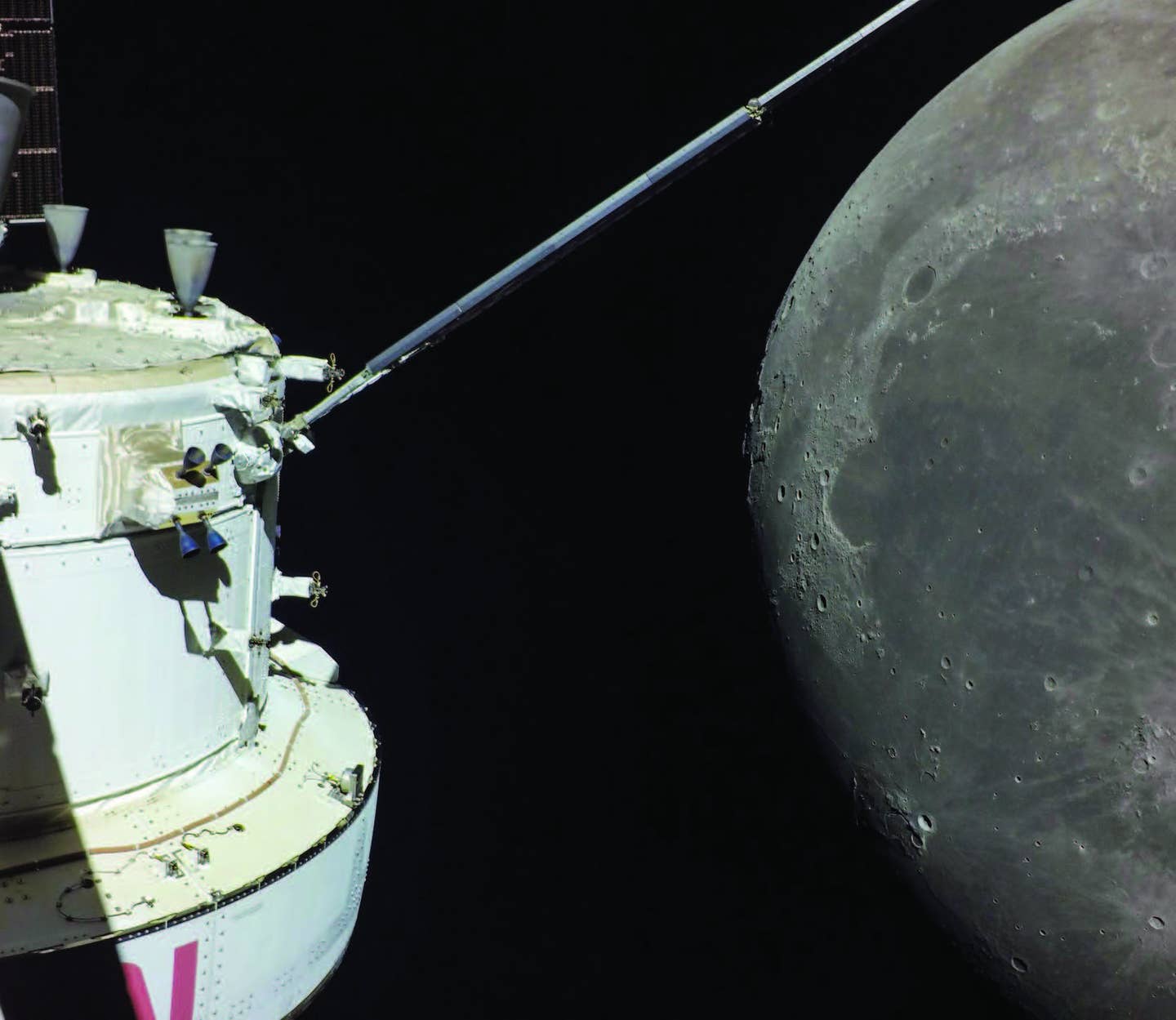378 Days of Solitude: NASA Volunteers Emerge From Mars Simulator
NASA’s CHAPEA program seeks to prepare astronauts for future missions to the Red Planet and beyond.
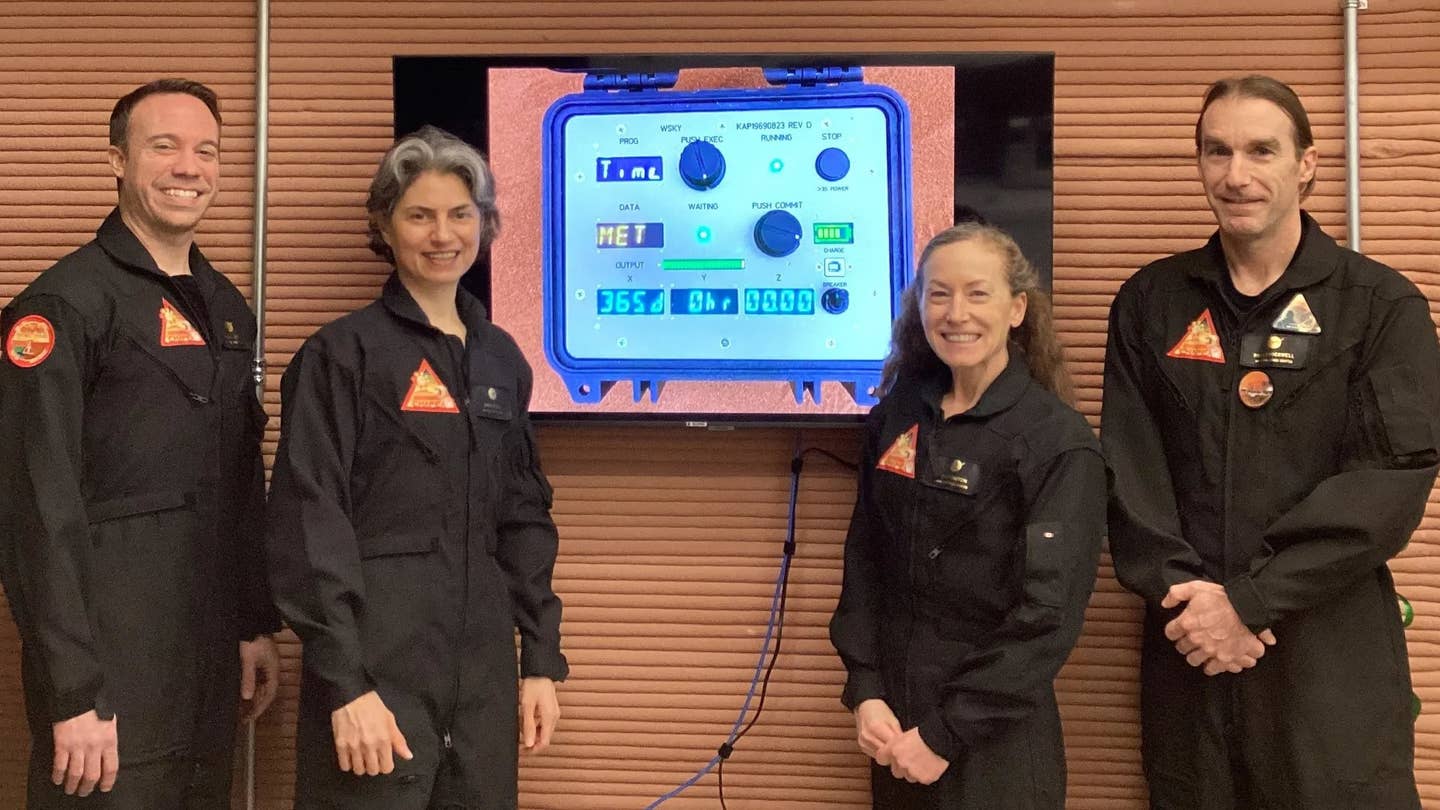
The crew of NASA’s first CHAPEA exercise (from left: Nathan Jones, Anca Selariu, Kelly Haston, and Ross Brockwell) exited their 1,700-square-foot habitat on July 6. [Courtesy: NASA]
A knock on the door around dinnertime isn’t always welcome. But for four NASA volunteers, it was the first outside human interaction in over a year.
On Saturday, after 378 days of solitude, crewmembers Anca Selariu, Nathan Jones, Kelly Haston, and Ross Brockwell emerged from Mars Dune Alpha: a 1,700-square-foot simulated Mars habitat part of NASA’s Crew Health and Performance Exploration Analog (CHAPEA) program. The yearlong simulation was the first of three planned exercises with human volunteers.
“Hello. It's actually just so wonderful to be able to say hello to you all,” said Haston, CHAPEA commander, as cameras captured the moment she stepped outside the 3D-printed habitat.
The goal of CHAPEA is to provide NASA data on the effects of long-duration habitation of Mars by putting the crew through the throes of life on the Red Planet: isolation, equipment failures, limited resources, and plenty of work. Selariu, Jones, Haston, and Brockwell entered the simulator on June 25, 2023.
The habitat includes 3D-printed spaces for cooking, medical, recreation, fitness, work, and growing crops, as well as private quarters and bathrooms for each crewmember. Volunteers tested out each of these amenities, grew and ate crops like tomatoes and peppers, and performed simulated “Marswalks,” collecting data on their physical and mental health.
“We cannot live, dream, create, or explore on any significant time frame if we don’t live these principles, but if we do, we can achieve and sustain amazing and inspiring things like exploring other worlds,” Brockwell said Saturday during a press conference.
In conjunction with Artemis missions to the moon, CHAPEA is helping prepare NASA for flights to Mars and beyond without crews having to leave Earth. According to the space agency, 3D printing could become a unique tool in its arsenal when the time comes.
“Future space exploration settlements have the potential to be 3D printed with additive construction technology to eliminate the need to launch large quantities of building materials on multiple flights, which is cost prohibitive,” the agency says on the Mars Dune Alpha webpage.
In February, NASA put out the call for the next group of CHAPEA volunteers, who are scheduled to enter the habitat in spring 2025.
“Mars is our goal,” said Stephen Koerner, deputy director of NASA's Johnson Space Center, during the media briefing Saturday. “As global interests and capabilities in space exploration continue to expand, America is poised to lead.”
Like this story? We think you'll also like the Future of FLYING newsletter sent every Thursday afternoon. Sign up now.

Sign-up for newsletters & special offers!
Get the latest FLYING stories & special offers delivered directly to your inbox

